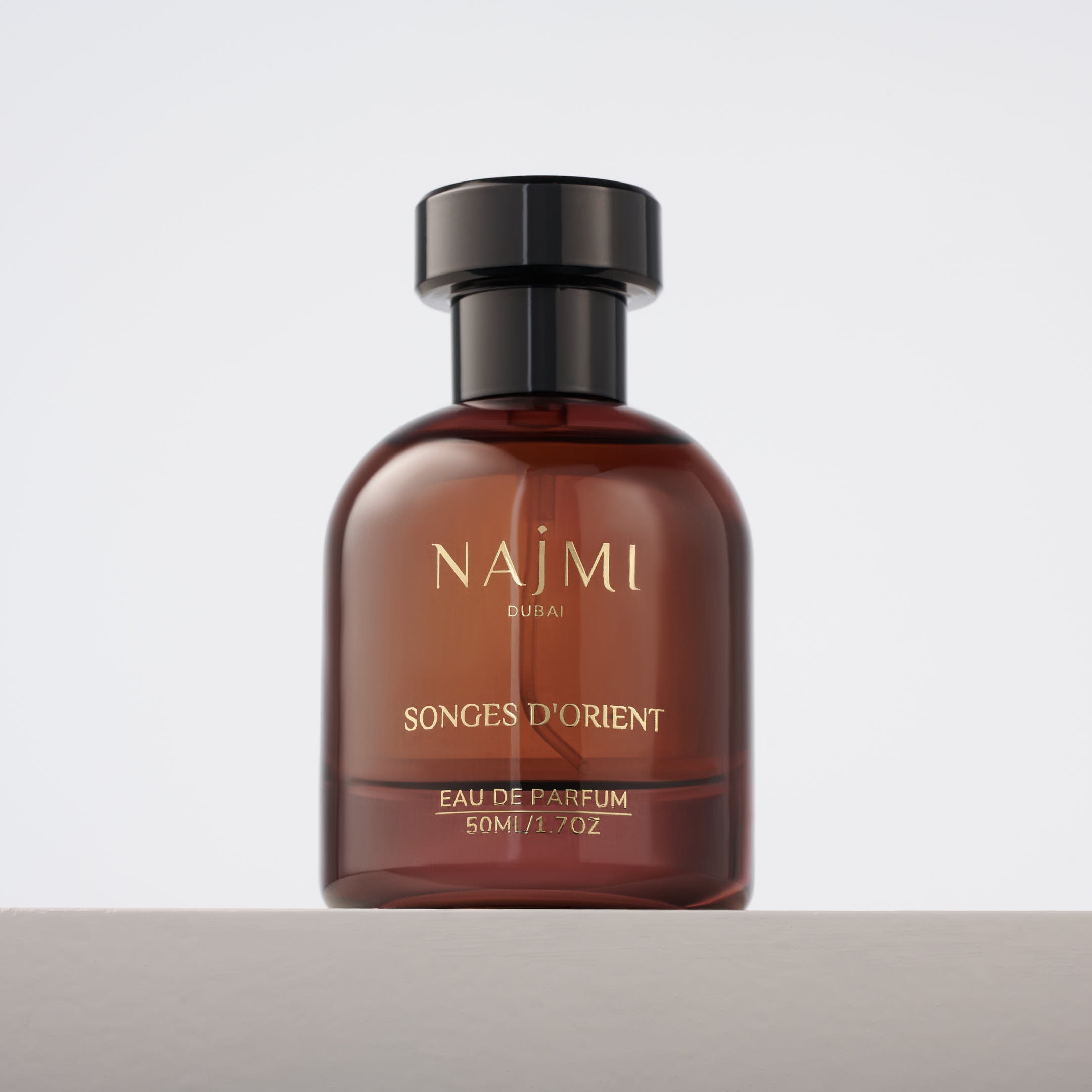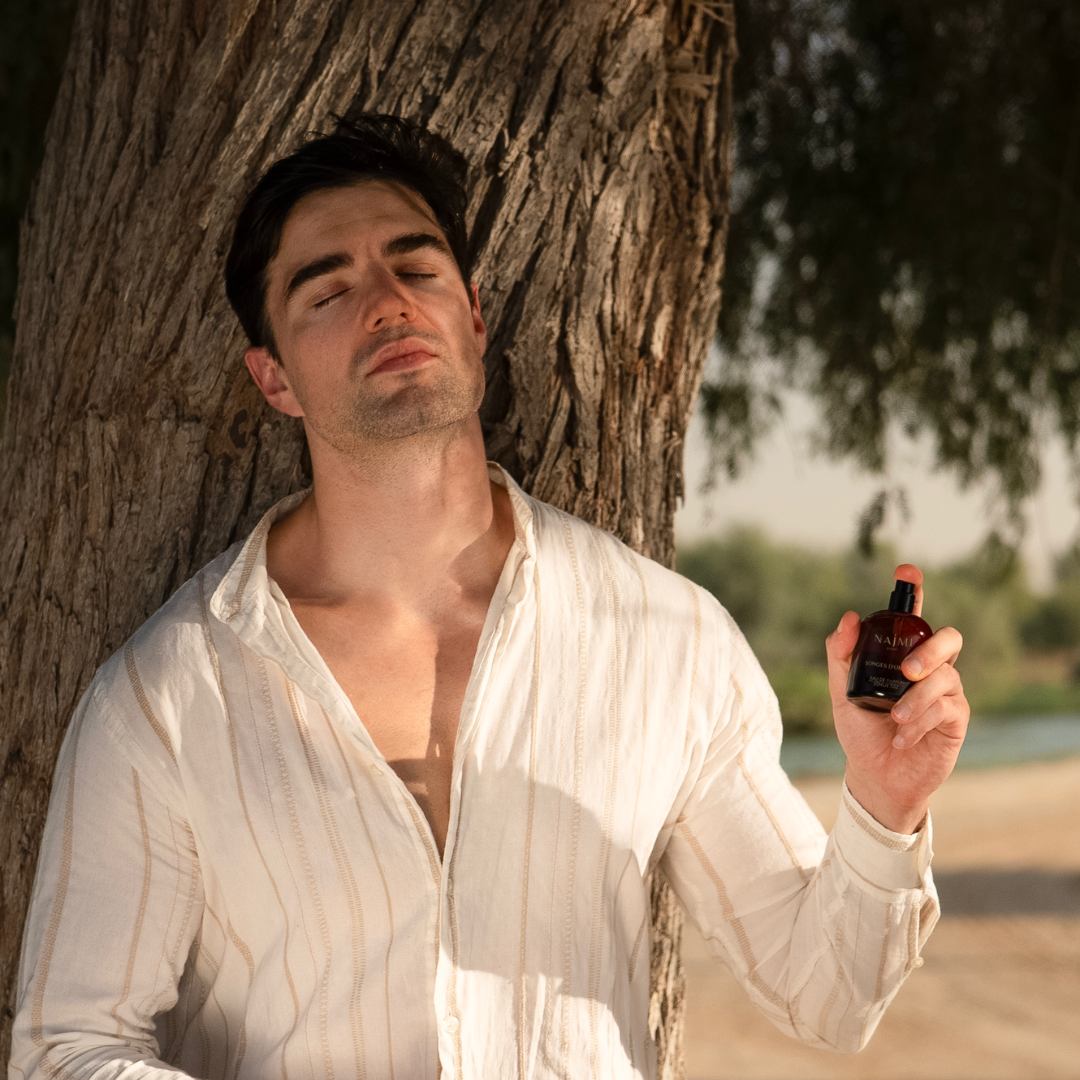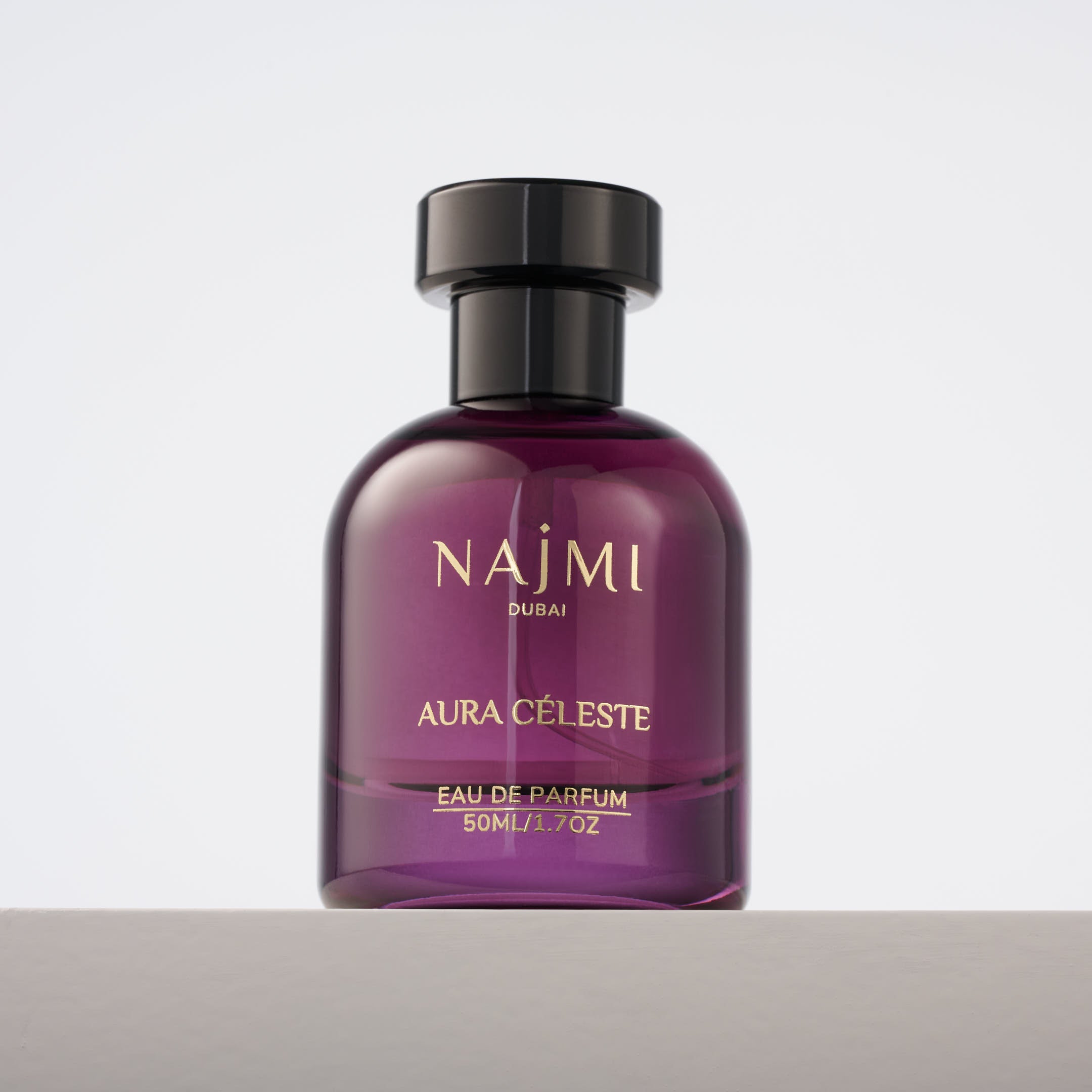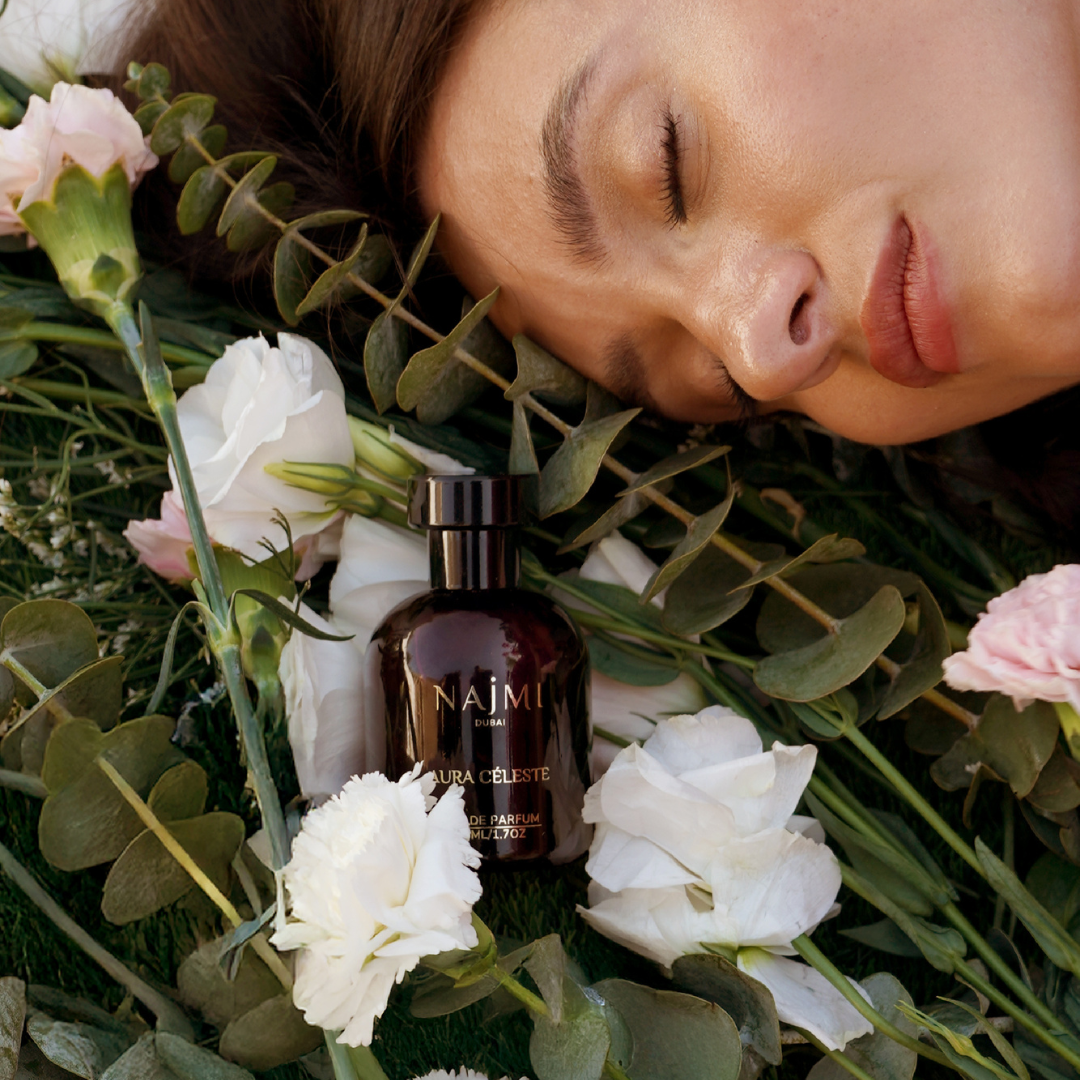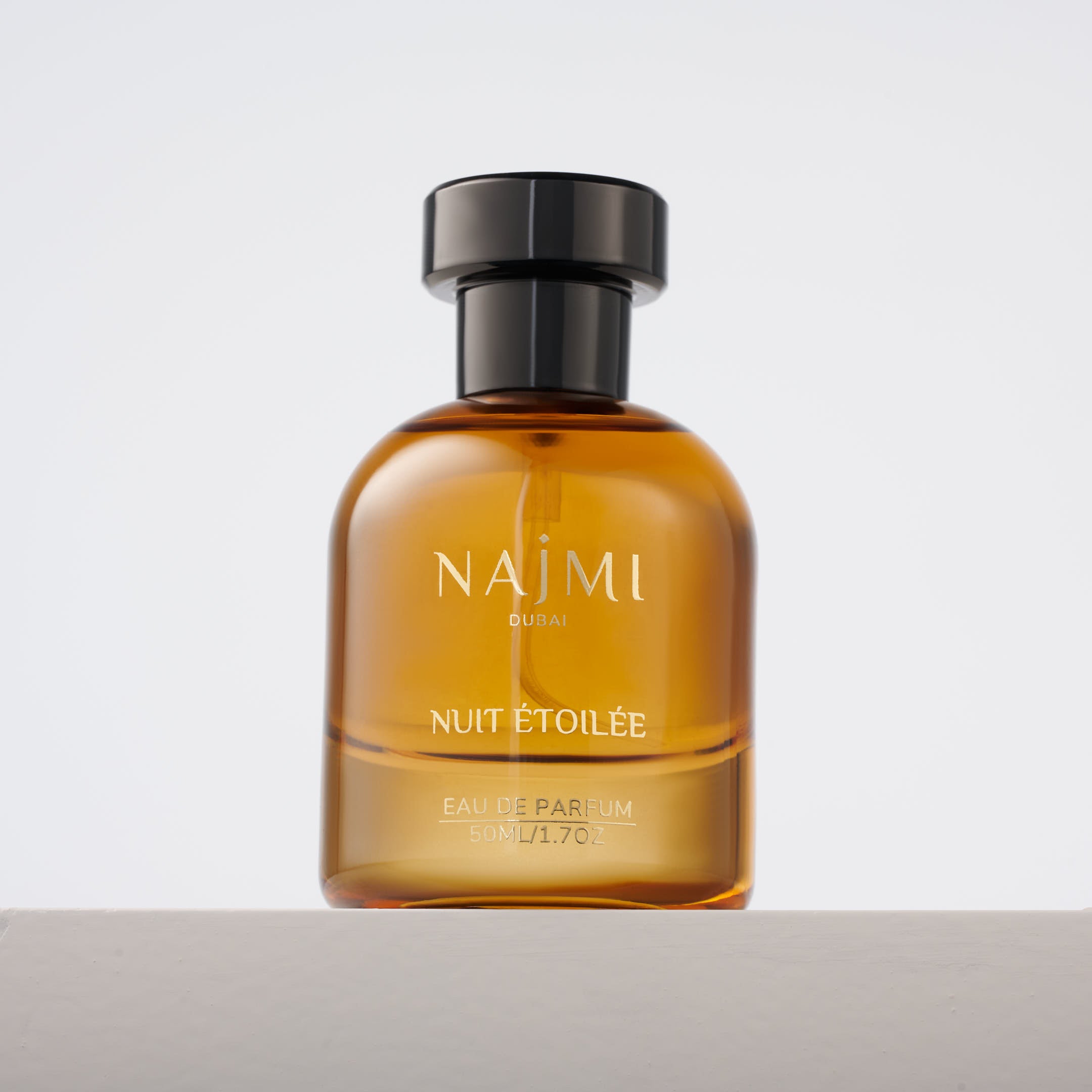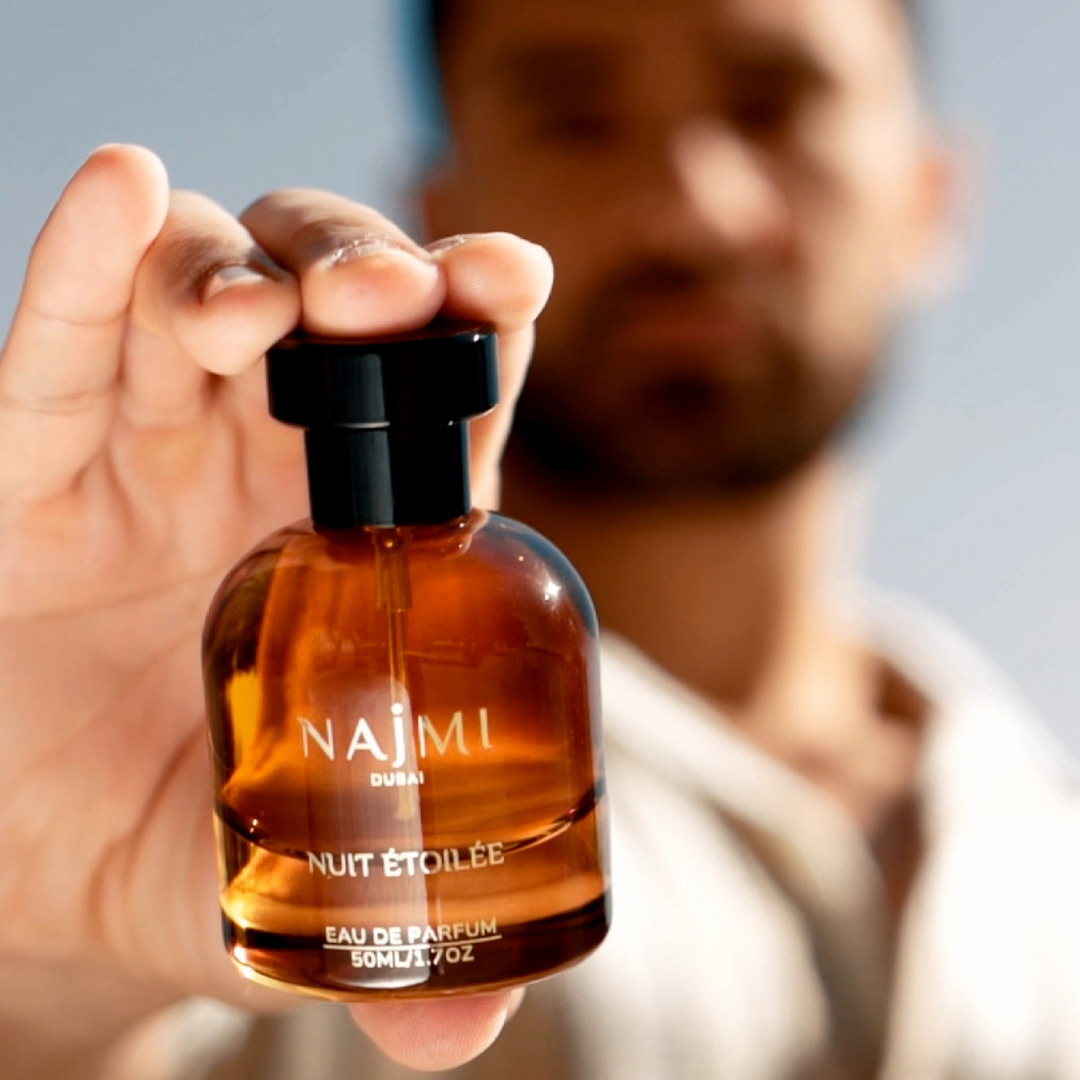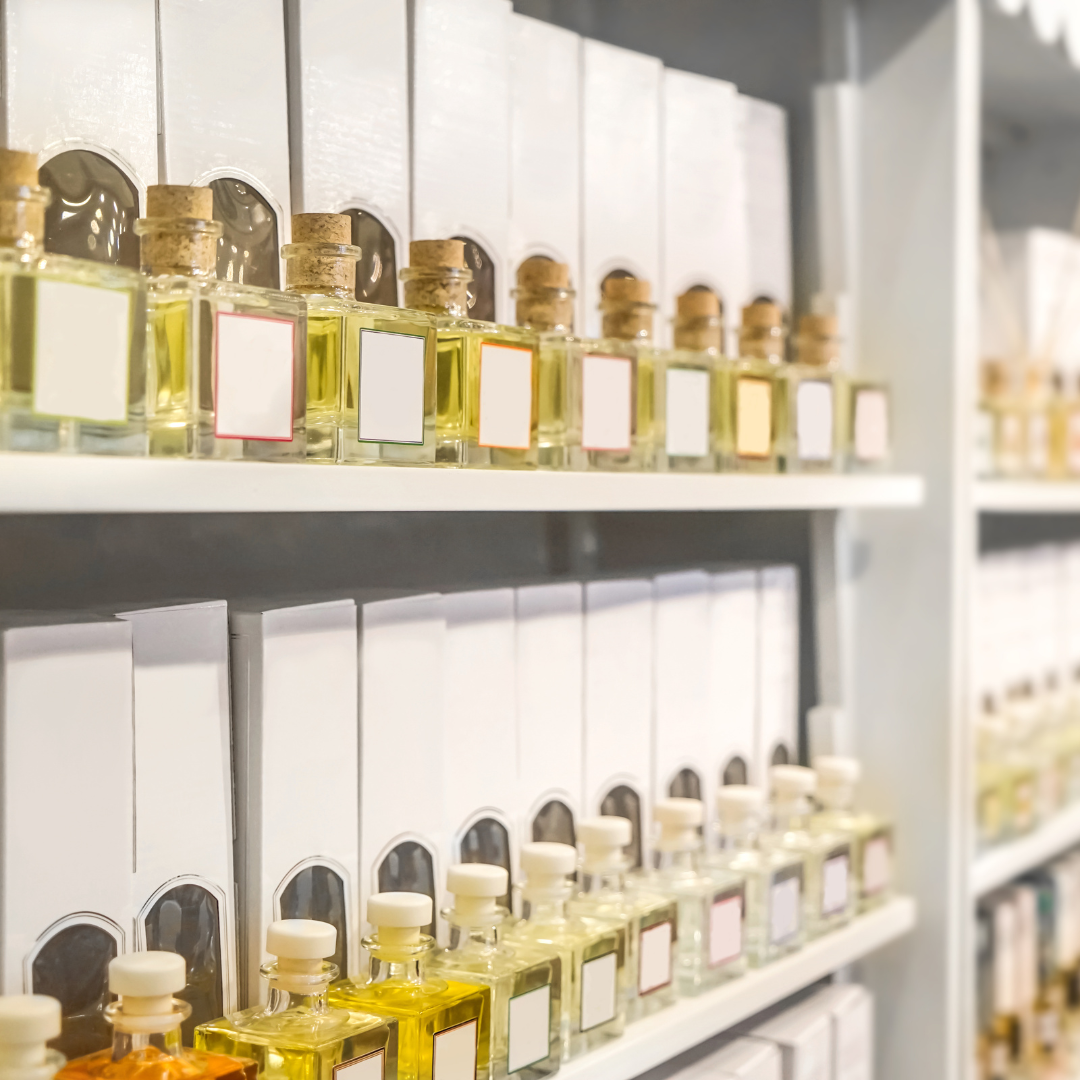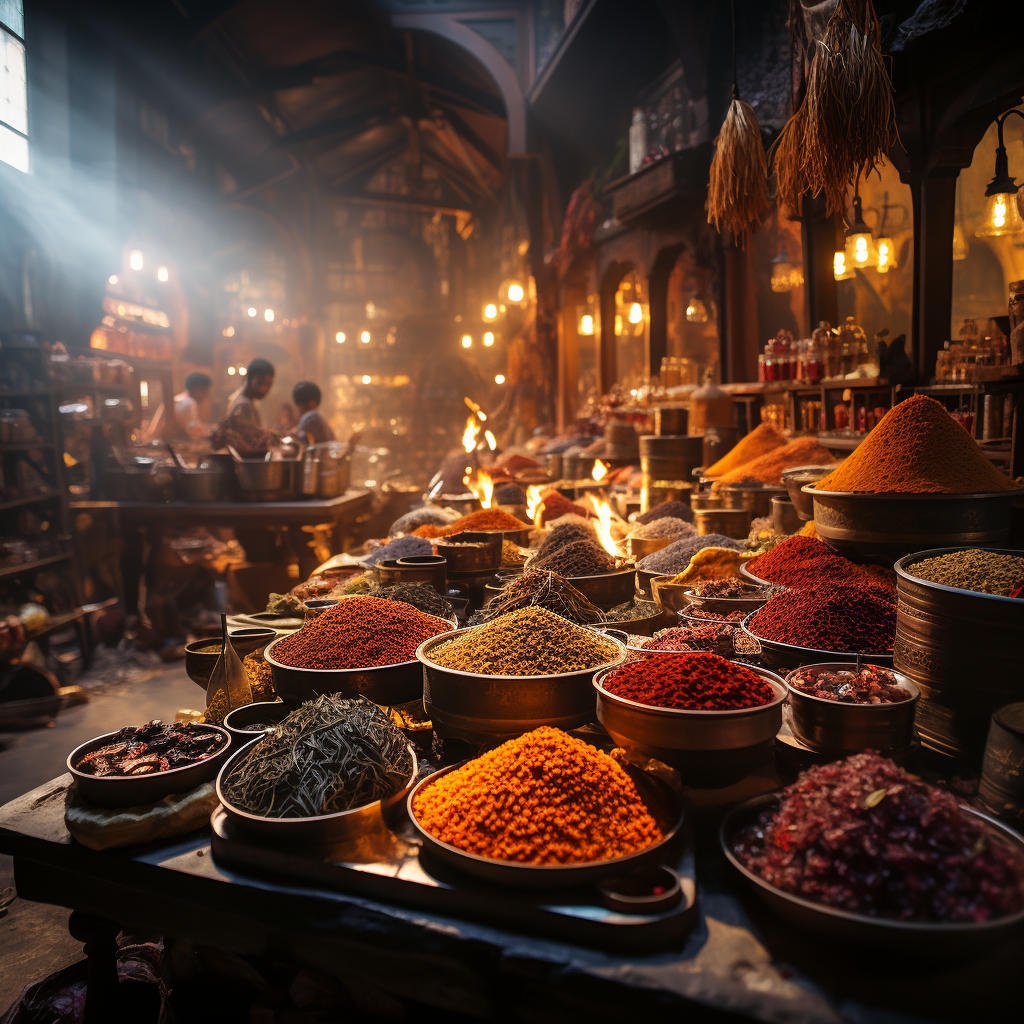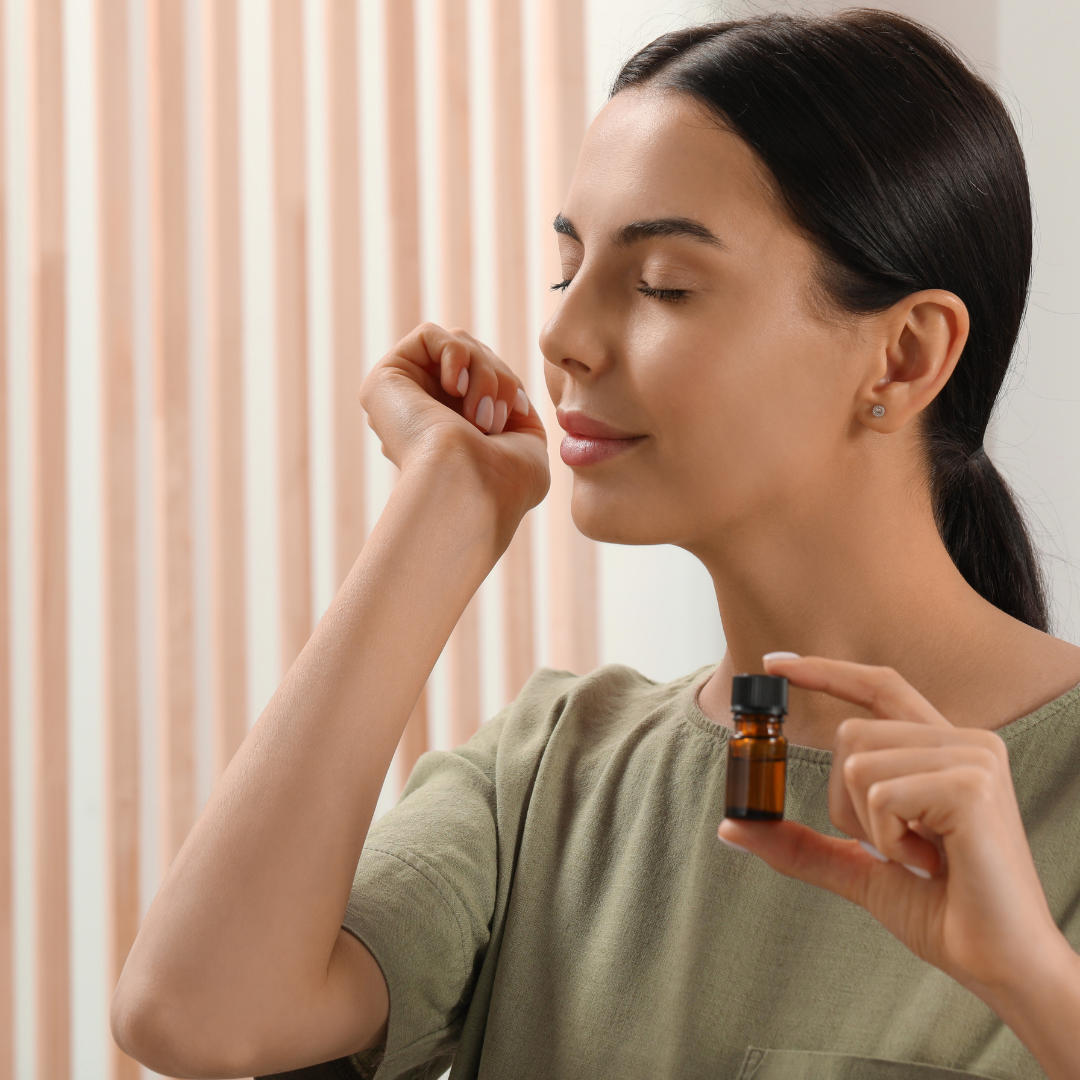
The Ultimate Guide to Applying Perfume in the Middle East
Perfume has a long and rich history in the Middle East, where it is considered an essential part of daily grooming and personal care. The art of applying perfume in the Middle East is steeped in tradition and cultural significance. In this ultimate guide, we will explore the various aspects of perfume application in the Middle East, from choosing the right fragrance to the proper techniques for applying it.
Why is perfume important in the Middle East?
Perfume holds a special place in Middle Eastern culture, where it is seen as a reflection of one's personal style, taste, and social status. It is believed that wearing perfume not only enhances one's physical appearance but also has the power to uplift the spirit and evoke positive emotions. Perfume is often associated with hospitality and is considered an essential part of welcoming guests.
Choosing the right fragrance
When it comes to choosing a perfume in the Middle East, it is important to consider the climate and cultural preferences. Middle Eastern perfumes are known for their rich and exotic scents, often featuring notes of oud, rose, and amber. It is advisable to opt for long-lasting fragrances that can withstand the heat and humidity of the region.
Proper application techniques
Applying perfume in the Middle East is an art form in itself. Here are some tips to help you master the art of perfume application:
1. Start with clean, moisturized skin
Before applying perfume, make sure your skin is clean and moisturized. This will help the fragrance to last longer and adhere better to your skin.
2. Apply to pulse points
Pulse points are areas of the body where the blood vessels are closest to the skin's surface, generating heat and intensifying the scent. Apply perfume to pulse points such as the wrists, neck, behind the ears, and inside the elbows.
3. Use a light hand
In the Middle East, it is customary to apply perfume sparingly. A little goes a long way, and it is better to err on the side of caution. Start with a small amount and build up if needed.
4. Layer your fragrances
For a more complex and unique scent, consider layering different fragrances. Start with a base fragrance and add complementary scents to create a personalized blend.
5. Allow the perfume to settle
After applying perfume, give it a few minutes to settle and interact with your body chemistry before making a final judgment on the scent. Perfumes can evolve over time, so be patient and let the fragrance unfold.
Perfume is an integral part of Middle Eastern culture, and understanding the art of perfume application is essential for anyone interested in immersing themselves in the rich traditions of the region. By choosing the right fragrance and mastering the proper application techniques, you can enhance your personal style and embrace the beauty of Middle Eastern perfumery.
DISCOVER
The Fragrances


